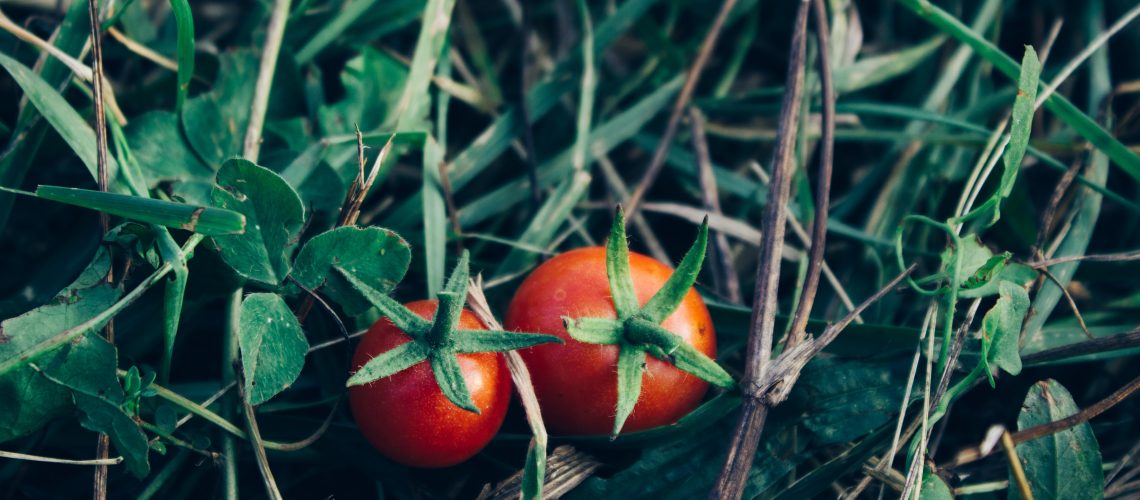As many knows, GMO (Genetically Modified Organisms) has been a topic for hot debate in recent years. Recently, Australia saw Hungry Jacks take the debate to a new level once they announced that unlike their competitors, they use hormone free meat (click here for our blog post) but what does it all actually mean?
What are GMO crops?
They are plants or animals that have had their genetic makeup modified for production benefits. Genes from bacteria, viruses and other plants can prevent crops like corn and soybeans can protect them parasites and other viruses.
How are they made?
The beneficial genes are placed into the plant cells using soil bacterium, which has a tumour-like growth ability and also the power to alter plants’ DNA.
What makes GMO crops attractive?
For farmers, they prevent pests from killing plants and help save money on additional sprays. They can spend tens of millions of dollars developing genetically modified crops, charge a premium for the seeds and protect their investments with patents.
Are they safe to eat?
The U.S. Food and Drug Administration (FDA), which regulates food made from genetically engineered plants, has deemed them safe to eat. Companies developing GMO plants research their safety for consumption and submit the data for FDA review, a process the FDA says is voluntary but obligatory, as the FDA holds authority over any food made from genetically engineered plants.
What crops are GMO in the States?
Corn, soybeans and cotton are the most widely grown genetically engineered crops on U.S. farms. There are also many other genetically modified varieties like alfalfa, canola, sugar beets, squash and papayas. Regulators last year blessed genetically engineered potatoes, apples, and a salmon that grows faster than conventional versions and represented the first biotech animal cleared for human consumption.
With that in mind, does that change your mind about GMO food? Or do you still only trust organic food?
If you would like more information on this topic or get the source URL for this article, then email us at [email protected]
